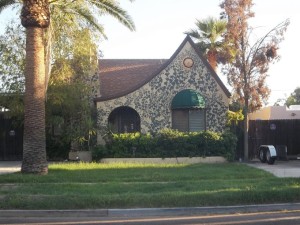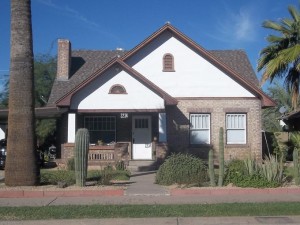Courtesy: Downtown Phoenix Journal
Fry’s Food Stores Announces New Location in the Heart of Downtown Phoenix
55,000 Square-Foot Full-Service Grocery Store to Join Proposed Mixed-Use Project
 Fry’s Food Stores and RED Development today announced the popular grocer will open downtown Phoenix’s first full-service grocery store. Fry’s preferred location to build the new 55,000 square-foot grocery store would be on the surface parking lot bordered between Washington Street and Jefferson Avenue, located between CityScape Phoenix and Collier Center. The downtown grocer would be housed in a proposed mixed-use development that could include traditional and creative office space and residential uses.
Fry’s Food Stores and RED Development today announced the popular grocer will open downtown Phoenix’s first full-service grocery store. Fry’s preferred location to build the new 55,000 square-foot grocery store would be on the surface parking lot bordered between Washington Street and Jefferson Avenue, located between CityScape Phoenix and Collier Center. The downtown grocer would be housed in a proposed mixed-use development that could include traditional and creative office space and residential uses.
With the recent resurgence of downtown Phoenix and neighboring districts plus the expansion of both ASU and UA downtown campuses, a grocery store has been long-coveted for this area of the city. New employers are opening up offices, including tech-focused companies such as Uber and several new residential buildings have been built to meet the demands of new employee growth, creating an even greater need for a grocer in downtown Phoenix.
“This just made it a lot easier to move to downtown Phoenix,” said Mayor Greg Stanton. “A new full-service grocery store will be a catalyst for more residential and neighborhood growth downtown for years to come. With RED Development, Fry’s and Kroger, we are gaining trusted brands with a long track record of success in downtown urban markets.”
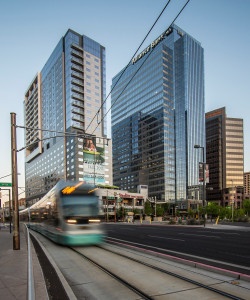
The location of the pending development is adjacent to CityScape Phoenix on the Valley Metro Light Rail Line. Photo courtesy of RED Development.
“This has been over 10 years in the making,” said Council member Michael Nowakowski, whose district includes downtown. “As the member on the Council who has represented downtown the longest, I am excited to announce that we are finally bringing a grocery store to downtown Phoenix. I can’t wait to see this project break ground in my district.”
Councilman Daniel Valenzuela, chairman of the Phoenix City Council’s Downtown, Aviation and Redevelopment Subcommittee, added “A grocery store has been at the heart of creating a modern, urban, vibrant downtown, which is needed to help attract the top talent necessary for our economy to thrive. I am thrilled to join Fry’s and RED in announcing this incredible news.”
“As a former downtown resident, I know first-hand how difficult it can be without convenient access to a full-service grocery store,” said Vice Mayor Kate Gallego. “For residents who live and work downtown, especially those who rely on light rail and other public transportation, this store is exactly what we need.”
Councilwoman Thelda Williams has also worked on this issue for many years.
The new Fry’s Food Store would be conveniently located in the core of downtown Phoenix, in between major light rail access points and would also serve greater downtown Phoenix historic districts such as Garfield, Roosevelt, Grand Avenue, Warehouse, Eastlake Park and more.
“CityScape was just the beginning of the potential we see in downtown Phoenix,” said Mike Ebert, Managing Partner, RED Development. “RED Development is looking forward to continuing its planning efforts on this mixed-use project and bringing a Fry’s grocery store to this area is the next step in solidifying the stability of the downtown revitalization movement.”
RED Development and Fry’s Food Stores look forward to sharing more details in coming months as the project progresses.
About RED Development
A wholly integrated commercial real estate company, RED Development maximizes asset value and performance for its high-quality retail and mixed-use portfolio that comprises 34 properties totaling nearly 17 million square feet in 11 states. For over 20 years, RED has been a preferred partner for national retailers and investors. The company also works with third-party property owners seeking RED’s expertise in remerchandising and repositioning properties to improve profitability and appeal. A privately held company headquartered in Phoenix, with corporate offices in Dallas, TX, and Overland Park, KS, RED builds on its development capabilities as an active acquirer of existing properties. www.reddevelopment.com
About Fry’s Food Stores
Fry’s Food Stores is headquartered in Tolleson, Arizona. The company employs more than 18,000 Arizona residents. The 119 Fry’s Food Stores service more than three million customers each week. Fry’s has been serving Arizonans since 1960. In 2012, Fry’s was honored with the Arizona Fundraising Professionals “Outstanding Corporation” award for its community service and philanthropic efforts. The company also received “2013, 2014 and 2015 Top Company” awards. Fry’s is the only grocer in Arizona to receive Top Company honors. The company is hiring and looking for customer service stars.
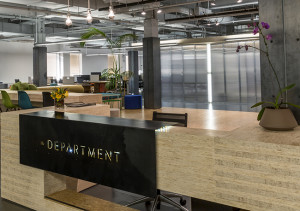 Collaborative work environments have evolved from something only a few ultra cool companies did, to commonplace corporate designs, and ultimately, to sprouting independent co-working entities unto themselves.
Collaborative work environments have evolved from something only a few ultra cool companies did, to commonplace corporate designs, and ultimately, to sprouting independent co-working entities unto themselves. 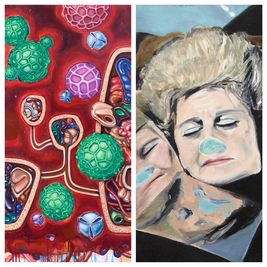
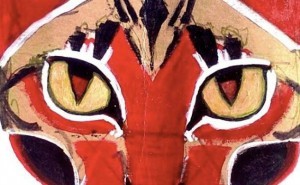
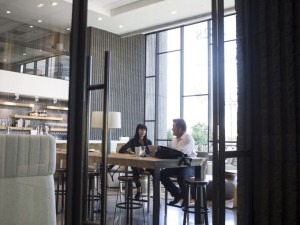 Unlike traditional offices, these spaces allow people who are self-employed, work for small companies or don’t have a dedicated office space to share equipment and collaborate under one roof.
Unlike traditional offices, these spaces allow people who are self-employed, work for small companies or don’t have a dedicated office space to share equipment and collaborate under one roof.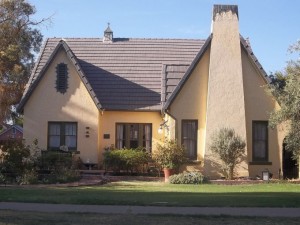
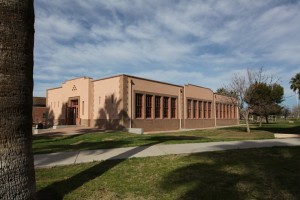 The improvements and future center are part of the Phoenix Indian School Legacy Project, a joint partnership between the City of Phoenix, which owns and operates both the former Indian School buildings and Steele Indian School Park; the Phoenix Indian Center, the first urban Indian Center in the nation, offering everything from work placement and development to addiction services; and Native American Connections, which serves more than 10,000 individuals and families annually, addressing issues of homelessness and housing along with behavioral health and outreach services. The city will provide funding for the project, while the nonprofits will operate the center and onsite events.
The improvements and future center are part of the Phoenix Indian School Legacy Project, a joint partnership between the City of Phoenix, which owns and operates both the former Indian School buildings and Steele Indian School Park; the Phoenix Indian Center, the first urban Indian Center in the nation, offering everything from work placement and development to addiction services; and Native American Connections, which serves more than 10,000 individuals and families annually, addressing issues of homelessness and housing along with behavioral health and outreach services. The city will provide funding for the project, while the nonprofits will operate the center and onsite events.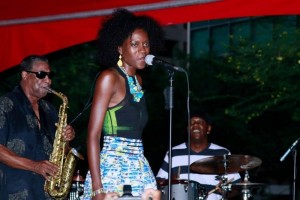 Free Outdoor Lunchtime Concert Series Every Tuesday in April Leads Up to April 30 Event
Free Outdoor Lunchtime Concert Series Every Tuesday in April Leads Up to April 30 Event